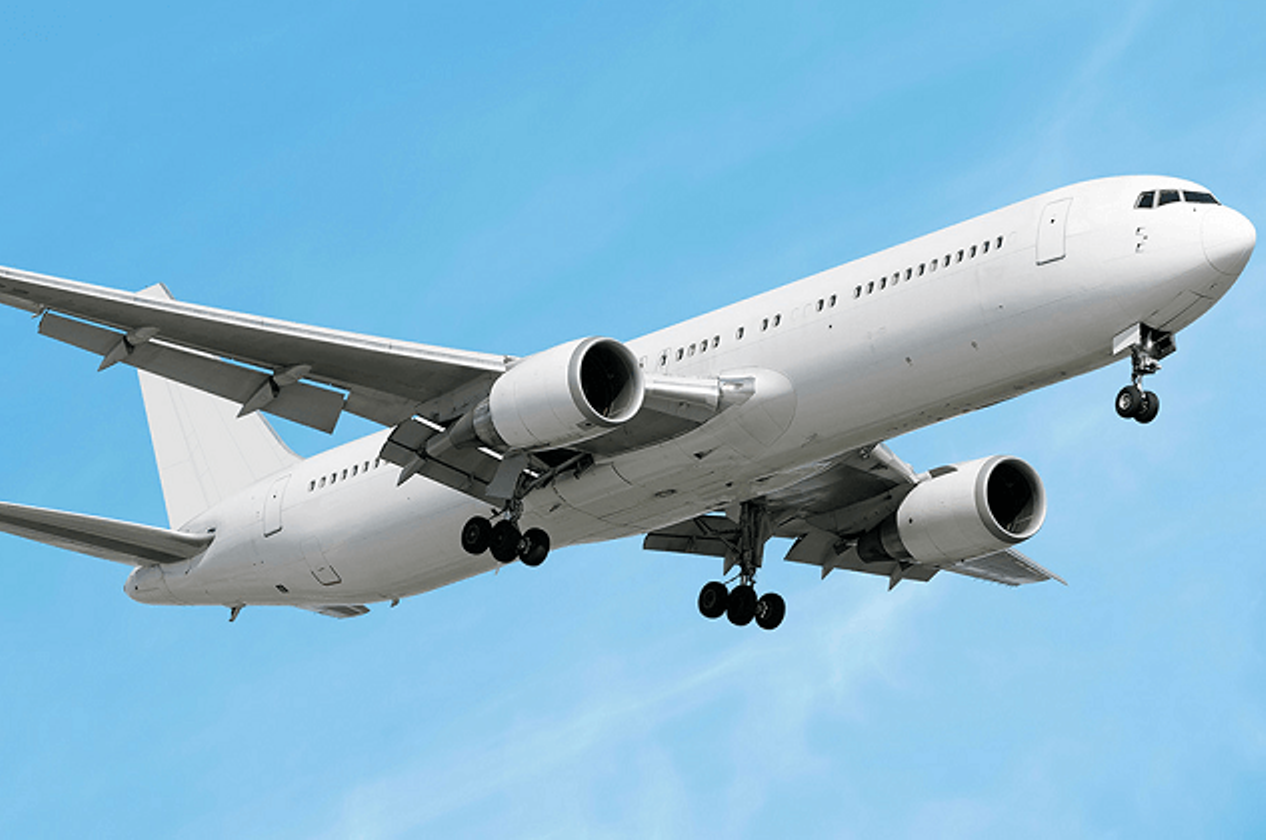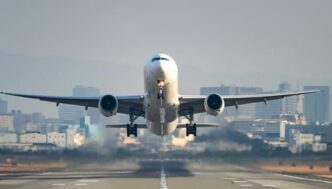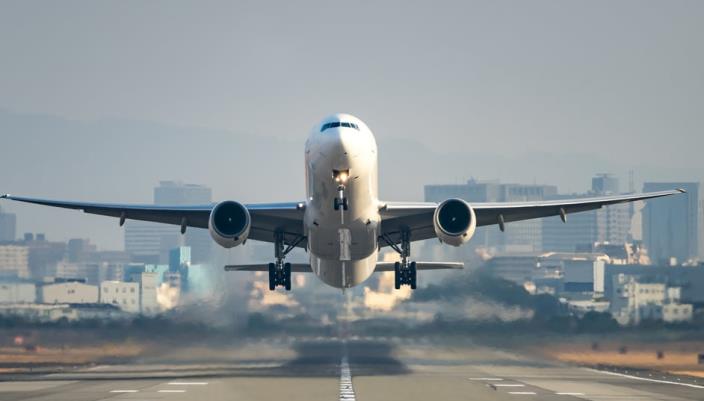Nigeria’s scheduled airline capacity is expected to decline again in the final quarter of 2025, marking the second straight quarterly drop, according to the latest IATA Quarterly Air Transport Chartbook for Q3 2025.
The report places Nigeria among a small group of African markets forecast to experience a double-digit reduction in available seats, even as several other countries on the continent prepare for significant expansion.
By contrast, major aviation hubs such as Egypt and South Africa are projected to record year-on-year capacity increases of 8.6% and 11.8% in Q4 2025.
Tanzania is set to lead Africa’s growth, with a robust 21% rise in scheduled seats.
IATA noted that the anticipated contraction in Nigeria follows the pattern already visible in Q3, signalling sustained weakness in the country’s air travel sector.
The report stated that scheduling plans for Q4 mirror those of the preceding quarter.
It added that while Nigeria braces for another sharp drop in capacity, countries such as Algeria, Tunisia and Ghana are preparing for growth after showing relative stability earlier in the year.

Globally, the Q3 2025 data showed passenger traffic rising by 4.1% compared to the same period in 2024.
International travel climbed by 5.8%, driven by increases in both premium and economy cabins, while domestic traffic recorded a more modest rise of 1.3%.
Seat availability grew at a slightly quicker pace than demand, rising 4.2% and contributing to a marginal dip in average aircraft occupancy.
Asia Pacific airlines contributed nearly half of the overall global increase in passenger traffic, with volumes up 5.8% and capacity up 4.9%.
International travel in the region saw an 8.8% jump, while domestic performance varied sharply, with China, Japan and Australia outperforming global trends as India recorded a slight contraction.
European carriers experienced a 3.3% rise in passenger numbers, though seats grew by 3.6%, keeping planes marginally less full. International travel increased, particularly in economy cabins, though premium bookings fell year-on-year.
Middle Eastern airlines posted a 7.2% rise in traffic, supported by stronger demand in premium cabins and a 6.8% rise in capacity.
In the Americas, Latin American and Caribbean airlines saw a 6.7% lift in traffic, while North America posted the weakest regional growth at 0.6%. Domestic air travel in the United States dipped slightly, although international demand increased.
African carriers recorded 7.2% growth in total passenger traffic and a 6.4% rise in seat capacity, leaving aircraft generally fuller than in previous quarters.
International travel increased by 6.1%, with strong gains recorded on Africa–Asia and Africa–Middle East routes.
The Africa–Europe corridor, however, declined by 4.5% despite an uptick in available seats. Travel flows to Saudi Arabia, the United Kingdom and the United Arab Emirates all grew, while France and Belgium registered declines.
Cargo activity in Africa also strengthened, with international demand up 12.5% and capacity up 6.6%. The strongest cargo growth came on Africa–Asia and Africa–Middle East routes, whereas traffic to and from Europe weakened.


 Trending
Trending 











